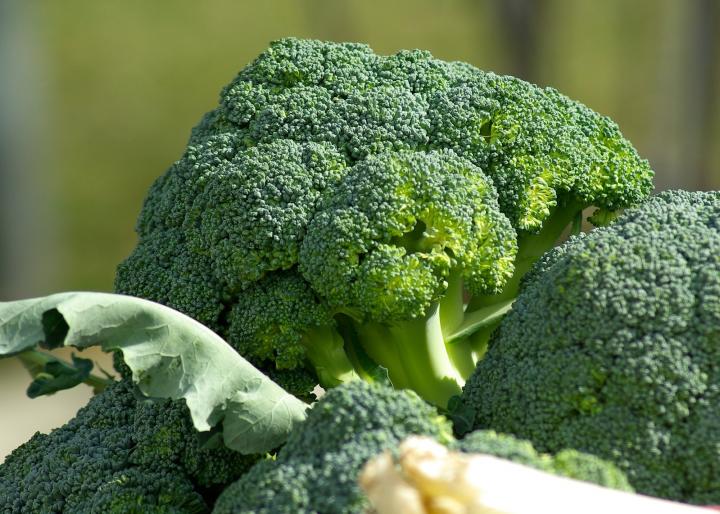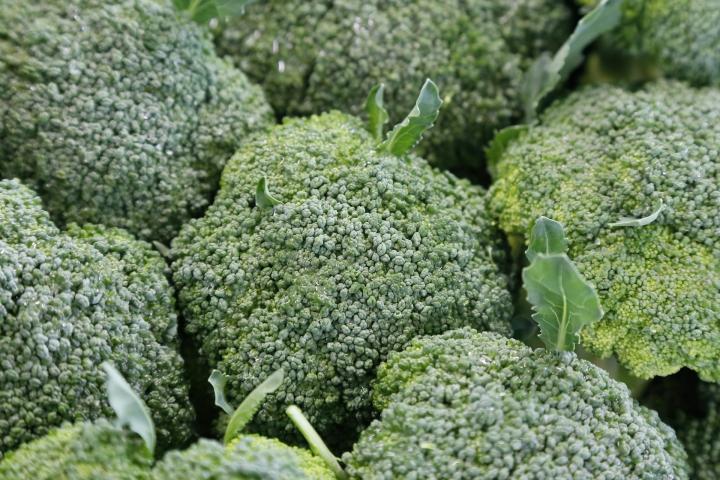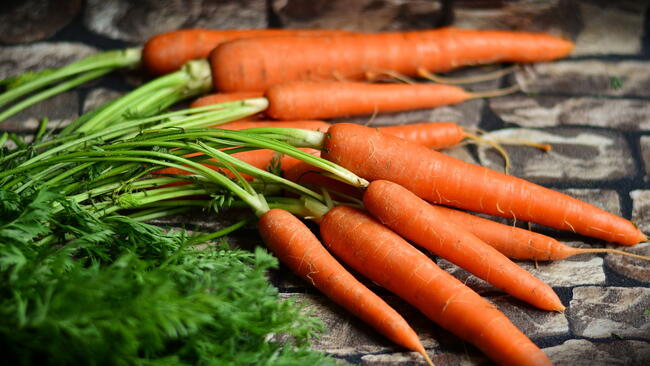
Botanical Name
Brassica oleracea (Italica group)
Plant Type
Sun Exposure
Soil pH
Flower Color
Subhead
Plant, grow, and harvest broccoli with ease for tasty, nutritious results
Read Next
Types
- ‘Calabrese’ is an heirloom broccoli (from Italy) with large heads and prolific side shoots that will mature for harvesting. Great for fall planting, too.
- ‘Flash’ is a fast-growing, heat-resistant hybrid with good side-shoot production once the central head is cut. Great for fall planting, too.
- ‘Green Goliath’ is heat-tolerant with giant heads and prolific side shoots.
- ‘Green Duke’ is heat tolerant and an early variety that’s especially good for Southern gardeners.
- ‘Green Magic’ is heat tolerant; freezes well.
- ‘Paragon’ has extra-long spears; excellent for freezing.
Gardening Products
Cooking Notes
One ounce of broccoli has an equal amount of calcium as one ounce of milk. Learn more about the amazing health benefits of broccoli.
More Like This
my first time growing broccoli. growing tall and produces 1 shoot with one little head. 3 or 4 other take off on the stem and only 1 single head . growing in gardening soil for vegs. and compost. one feeding. it has grown very tall and has large leaves. what am I doing wrong ?? By head I mean 1 little section of broccoli. Not a full head.
Ahhh…this was the best year I have ever had for my broccoli plants! I have a greenhouse which was heated all winter but just heated to keep temps above freezing. They grew magnificently! Am now on third planting (it’s April). Aphids are making a comeback since it’s warmer. Cut away leaves that get any aphids on them and dispose outside of greenhouse.
Love this fast growing plant and was my most successful with large, green heads!
Love all the informative planting information you provide for all our gardening needs. Just planted broccoli in our raised garden along with cauliflower and Brussels sprouts. We have onions in between with a few marigolds on the outside. The high in NW Ark is 40-66 degrees w/ nights anywhere from 34-40 degrees w/rain. When warmer temperatures arrive, we may have aphids to deal with. Just getting prepared. What type of Soap do you advise to use? Dr Bonners (Castile) without any additives? What ratio? Spray infected leaves & ground? Thanks for the expertise guidance.
What of the prodigious amount of foliage? Can the leaves be used as greens? I suspect they are rather strong/bitter but they say bitter is good for digestion. Ideas?
I did spray soapy water on the broccoli leaves as aphids had arrived...the leaves became spotted and dried up a few days after...why is that? I wound up cutting off leaves/stems ...
Those darn squirrels are so cute, but they are nibbling away at my young broccoli leaves! Every day a notice just a couple more leaves gone. It could also be rats, as I do see them around this urban neighborhood which boarders on wilderness. I have never seen a bunny, so I don't think it's bunnies. Deer would just take out the whole plant in one go! That stinky dear spray may be helping a little. any other ideas?
How the heck do you keep the rabbits from destroying your broccoli??
I have planted Broccoli on your recommendation in my backyard garden it is doing well. This is the first time I have planted some vegetable. Thank You!
- « Previous
- 1
- 2
- …
- 10
- Next »













Comments